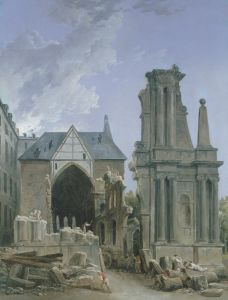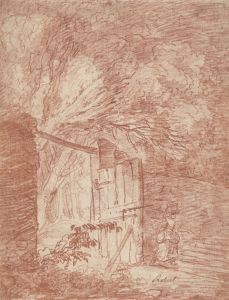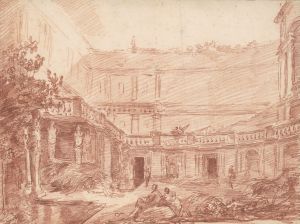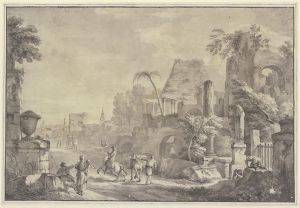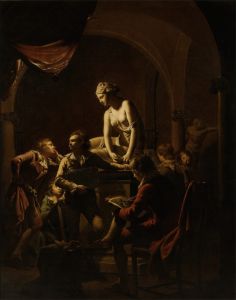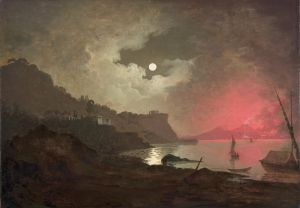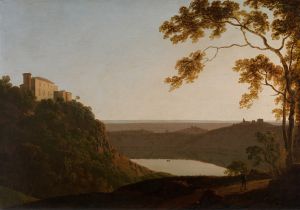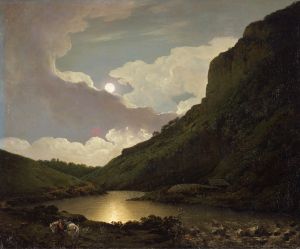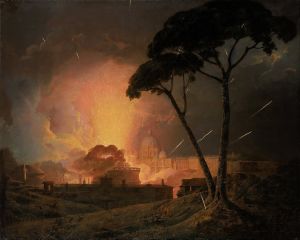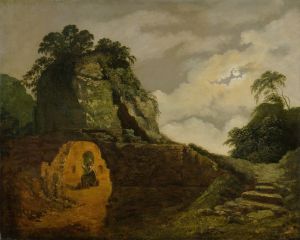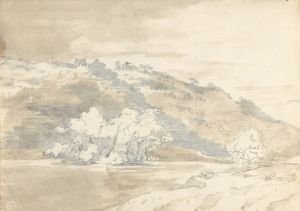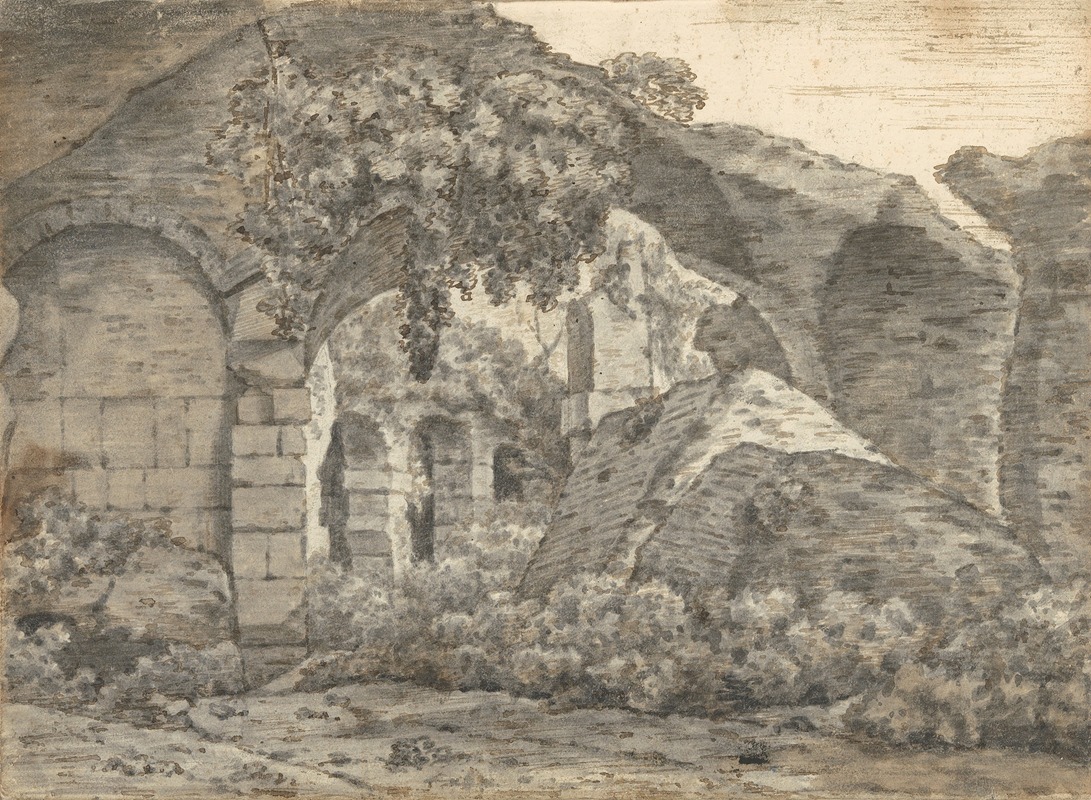
Roman Ruins
A hand-painted replica of Joseph Wright of Derby’s masterpiece Roman Ruins, meticulously crafted by professional artists to capture the true essence of the original. Each piece is created with museum-quality canvas and rare mineral pigments, carefully painted by experienced artists with delicate brushstrokes and rich, layered colors to perfectly recreate the texture of the original artwork. Unlike machine-printed reproductions, this hand-painted version brings the painting to life, infused with the artist’s emotions and skill in every stroke. Whether for personal collection or home decoration, it instantly elevates the artistic atmosphere of any space.
Joseph Wright of Derby was an English painter renowned for his distinctive use of chiaroscuro and his depictions of the Industrial Revolution. One of his lesser-known works is "Roman Ruins," which, like many of his paintings, reflects his interest in the interplay of light and shadow as well as his fascination with classical themes.
"Roman Ruins" is a painting that captures the grandeur and decay of ancient Roman architecture. Wright's work often explored themes of enlightenment and the sublime, and this painting is no exception. The ruins depicted in the painting are rendered with meticulous attention to detail, showcasing Wright's skill in capturing the textures and forms of crumbling stone and overgrown vegetation. The play of light and shadow across the ruins creates a dramatic atmosphere, emphasizing both the beauty and the transience of human achievements.
Wright's interest in classical antiquity was not uncommon among artists of his time. The 18th century saw a revival of interest in the art and architecture of ancient Rome, spurred by archaeological discoveries and the Grand Tour, a traditional trip around Europe undertaken by mainly upper-class European young men of means. This cultural movement, known as Neoclassicism, sought to revive the ideals of classical art and architecture, and Wright's "Roman Ruins" fits within this context.
The painting reflects Wright's broader artistic concerns, including his interest in the effects of light and his fascination with the natural world. Wright was known for his ability to capture the interplay of light and shadow, and in "Roman Ruins," he uses this skill to highlight the textures and forms of the ancient structures. The light in the painting seems to emanate from an unseen source, casting dramatic shadows and creating a sense of depth and mystery.
While "Roman Ruins" may not be as famous as some of Wright's other works, such as "An Experiment on a Bird in the Air Pump" or "The Orrery," it nonetheless exemplifies his artistic style and thematic interests. Wright's ability to convey the grandeur and decay of the ancient world, combined with his masterful use of light and shadow, make "Roman Ruins" a noteworthy example of his work.
In summary, "Roman Ruins" by Joseph Wright of Derby is a painting that captures the beauty and transience of ancient Roman architecture. Through his skillful use of light and shadow, Wright creates a dramatic and atmospheric depiction of the ruins, reflecting his broader artistic concerns and his interest in the classical world. The painting is a testament to Wright's ability to convey both the grandeur and the impermanence of human achievements, making it a significant, though perhaps lesser-known, work in his oeuvre.





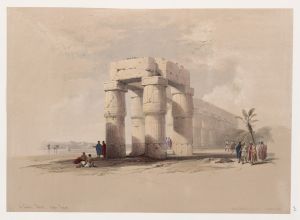
![Dendera [Dandara]. Dec. 1838.](/imgs/217474/s/david-roberts-dendera-dandara-dec-1838-6eb01a73.jpg)
